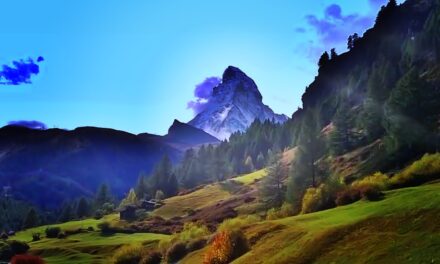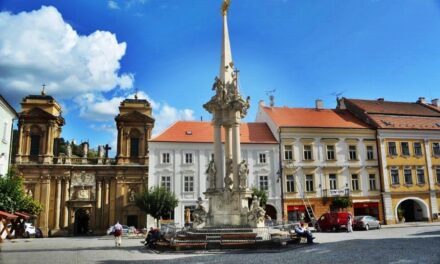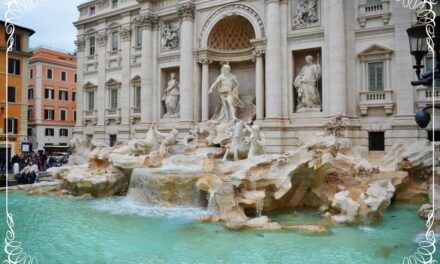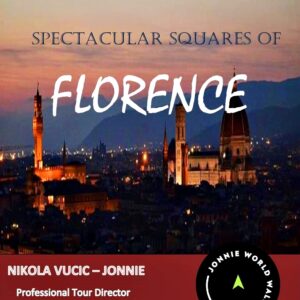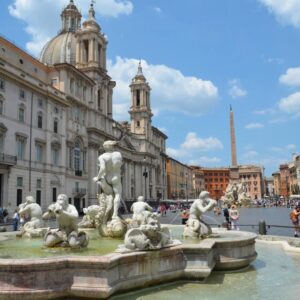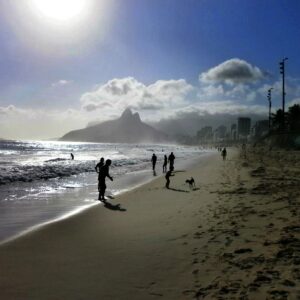Magical night at Vienna State Opera
“Among all cities pretending to the throne of classical music and opera, Vienna is the most brilliant one. It brings alive creative worlds of Beethoven, Mozart, Haydn or Strauss. Privilege to experience Vienna State Opera is one of a kind…”
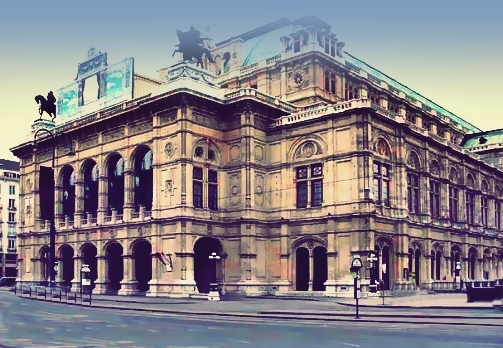
Vienna State Opera view from the Ringstrasse
To step into the magical world of opera performances, or classical music concerts is an adventure that excites all our senses. Love for opera should come from the heart. You need to feel it, and enjoy every piece of it. Even then, one can have preferences and admiration to certain type of the operas, particular composers, or unique ambience of iconic opera halls. Who can decide between La Scala, Metropoliten Opera, Gran Liceu in Barselona, or Opera Garnier in Paris? In Vienna, however, I always expect Mozart, Beethoven or Strauss to say hi, just around the corner of a concert hall, museum, cafe or a palace. That is how Austrian capital pulses with opera spirit in every moment. So many times, I was wandering around monumental structure of Vienna State Opera, admiring its architecture, symbolism of its decoration and history, but never actually went inside for the opera performance.

Sunbathed facade of Vienna State Opera
Glance into the past
Idea for the opera house in Vienna, came with destruction of the former city walls in the XIX c. That was unique transformation period for majority of Central European cities towards modern infrastructure. Instead of wall, in Vienna, brand new street was created – beloved Ringstrasse ( Ring Street). Strolling down this avenue, you actually walk through Vienna’s history. Around you are masterpieces of architecture, monuments and museums, churches and a city hall, palaces, gardens and theatres. However, first structure which was built to adorn Ringstrasse, with all its beauty, was Vienna State Opera. Ambitious project lasted eight years, supervised by two outstanding architects: August von Sicardsburg and Eduard von der Null. Neither of them lived enough to see the grand opening in 1869. It was superb, gala night, with all the glamour, important guests and Viennese nobility, led by charming Empress Elisabeth – Sisi and her husband, Emperor Franz Joseph I. Sitting in a luxury royal box, they enjoyed famous Mozart’s opera “Don Giovanni”.

Vienna Opera architecture by night
Opera house exterior
New opera house was shining, with magnificent neo renaissance facade. Elegant first floor loggia was adorned with bronze statues of love, comedy, fantasy, tragedy and heroism. On the top, decoration shows powerful winged bronze horses led by Harmony and Erato – muse of love poetry. Two small fountains on either side of the building, bear important symbolism of two opposing worlds.
One on the left is supporting joy, dance and music, while right one suggests revenge in love, sorrow and seduction. It was an absolute success and pride of the Empire, specially during ten brilliant years of directorship of the famous composer and conductor, Gustav Mahler. From 1897. to 1907., highest achieved standards of Vienna Opera House became famous all over the world.
Nazis interrupted further development by imprisoning or chasing out members of the opera. Final blow came during allied bombing in 1945. Most of the structure, except main facade, entrance hall and grand staircase, was destroyed. Final rebirth came ten years later, after detailed reconstruction, and Vienna State Opera was back, with all its glory. For me, any chance for a concert, ballet or an opera is like spiritual enrichment gift. Moreover, attending Opera “Salome” by Richard Strauss, at legendary Vienna State Opera, was beyond all my expectations.
Here, in Vienna, opera becomes a part of life. This type of prestigious cultural activity is very affordable for everyone. Five dollars for standing places, or 15-25$ for parts of the seating area, can be your easy tickets to the high opera society. Warm and clear September night was just perfect for the first month of the opera season in Vienna. It usually ends in June with almost 200 performances of sixty different operas in total. Finally, I was right there, in front of the original facade, with my ticket and casual elegance styling, ready to step inside this temple of the world’s opera.
Inside the music temple
Fascinating interior decoration, Vienna State Opera


Sculptural detail at the entrance hall
What a feeling was to stand in the light washed central hall, walking up the steps of history. I was surrounded by Carrara marble allegorical statues of music and dance. Then I passed elegant foyer, with ceiling painted scenes from the most famous operas, while busts of genius composers overlooked me from the wall niches. This initial walk was more than emotional, sometimes briefly interrupted by kind, opera hall staff, directing visitors to their seats. Entering the main hall just raised the excitement.
I was on the upper level section, curiously observing ornately decorated boxes on the opposite side. Giant chandelier was in the middle of the ceiling, and the orchestra was getting ready for the Salome by Strauss. I could imagine how everything looks during gala-premiere nights, when full capacity of 2284 spectators is reached. I used my chance to take a few pictures before the start, since during performance, it is strictly forbidden. First sounds were heard and the great opera started. Stage was brilliantly set for sad biblical scenes, taken from the final stage of life of St. John the Baptist. Dynamic drama between mystical prophet St. John, imprisoned by king Herod and admired by charming princess Salome, ends with tragic plot. Rejected by St. John, Salome is desperate and seeks for revenge.

Famous chandelier and noble opera boxes
During court celebration, Salome dances for Herod who promises to give her anything she asks for. Her wish was to have a head of St. John on a plate, which was done. Finally , Herod’s anger caused for Salome to be executed as well. For opera libretto, Richard Strauss used German translation of French play Salome, by Oscar Wilde, combining it with exceptional leitmotifs.

Audience is ready for the opera “Salome” by Strauss
Short, symbolical melodies reflect each of the characters in the opera. Music brings feelings of love, jealousy, desire and death, magnified by the acoustics of the opera hall. Everything was truly noble and when the lights were on again, I stood and enjoyed, well deserved applause for all the participants. I was proudly looking at the iconic stage of Vienna State Opera. The same one once used by “angels” of the opera like Maria Kalas, Placido Domigo and Luciano Pavarotti. With scenes, voices and music from Salome, still in my mind, I was slowly leaving this institution of eternal music.
Just after crossing Ringstrasse, I looked back once more to enjoy this fusion of human creativity. Vienna State Opera, like an elegant charming queen, was again the heart and soul of this city, proudly inviting future generations to pass through its gates.

Travel Authentic. Live Inspired.
World of notes and music
Photos made by Jonnie World Walker team.
Ready to explore more?
♣
Hope you are ready for more exciting facts about Vienna State Opera. This website leads you through every detail. From history and architecture to performing artists and ballet. Even live streaming schedule during pandemics is on your disposal…
image made oddviser.com

